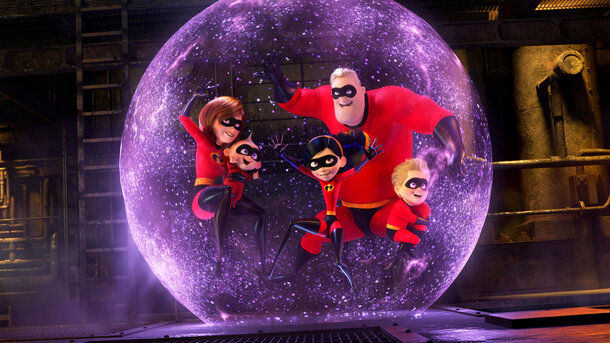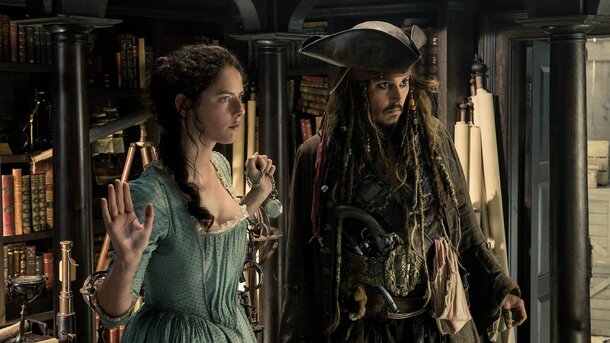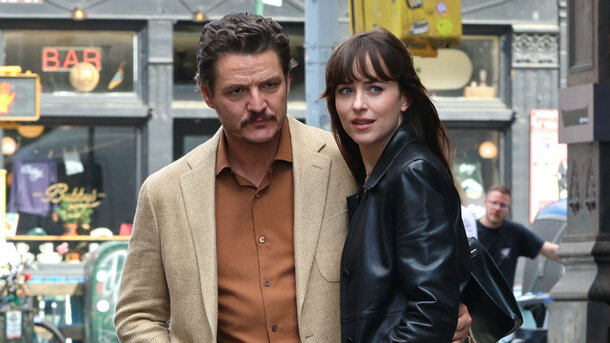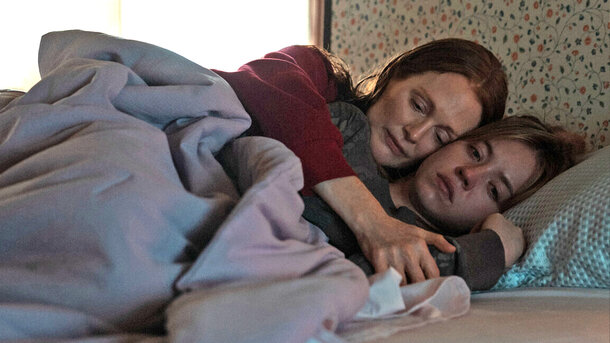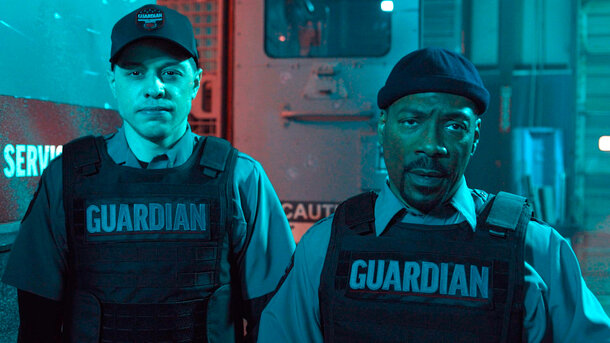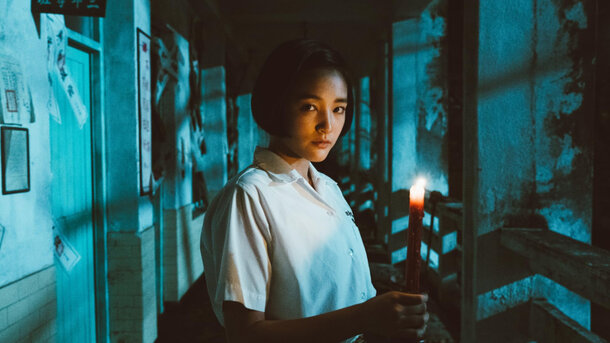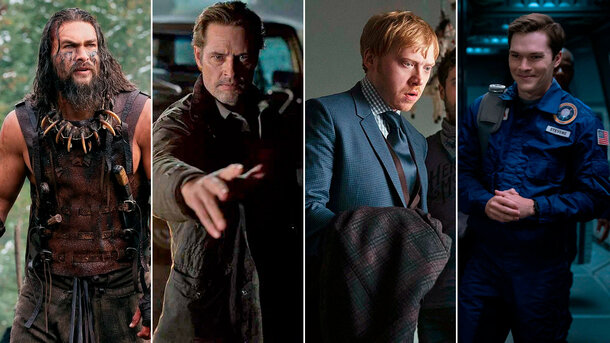Reflecting on my own teenage years, I recall the exhilarating chaos of the punk scene — raw music, rebellious fashion, and an insatiable hunger for the unconventional. How to Talk to Girls at Parties (2017) catapulted me back to that era, blending the anarchic spirit of 1970s London with an outlandish sci-fi twist. Directed by John Cameron Mitchell and based on Neil Gaiman's short story, this film is a wild ride through punk rock and extraterrestrial romance.
Set against the backdrop of 1977 Croydon, the story follows Enn (Alex Sharp), a shy, punk-loving teenager who, along with his friends, stumbles upon a peculiar party. There, they encounter a group of enigmatic foreign exchange students who are, unbeknownst to them, aliens on a rite of passage. Enn becomes captivated by Zan (Elle Fanning), a rebellious alien curious about Earth's chaos. Their whirlwind romance challenges the norms of both their worlds, leading to a collision of cultures that's as chaotic as it is captivating.
Director’s Vision: A Punk Rock Fever Dream
John Cameron Mitchell's direction is a kaleidoscope of vibrant visuals and eccentric storytelling. He masterfully captures the essence of the punk movement — its defiance, its raw energy — and juxtaposes it with the surreal elegance of the alien visitors. The film oscillates between gritty realism and whimsical fantasy, creating an experience that's both disorienting and mesmerizing.
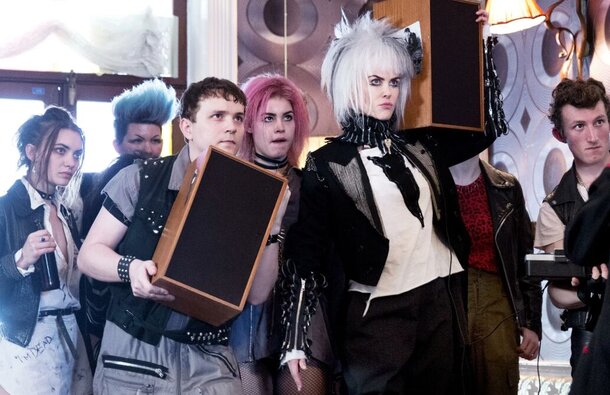
Performances That Sparkle with Rebellion
Elle Fanning delivers a standout performance as Zan, embodying innocence and rebellion in equal measure. Her portrayal of an alien experiencing human emotions for the first time is both endearing and compelling. Alex Sharp's Enn is relatable in his awkwardness and yearning for connection, making their on-screen chemistry palpable. Nicole Kidman, as the punk matriarch Queen Boadicea, is a force to be reckoned with, bringing intensity and authenticity to her role.
Cinematography and Sound: A Sensory Riot
The film's cinematography by Frank G. DeMarco is a visual feast, capturing the gritty essence of London's punk scene and contrasting it with the ethereal presence of the aliens. The soundtrack, featuring compositions by Nico Muhly and Jamie Stewart, pulsates with the rebellious spirit of punk, immersing the audience in the era's sonic landscape.
Themes and Symbolism: Embracing the Unconventional
Beneath its eccentric exterior, the film explores themes of individuality, conformity, and the universal quest for connection. It challenges viewers to reflect on societal norms and the beauty of embracing the unknown.
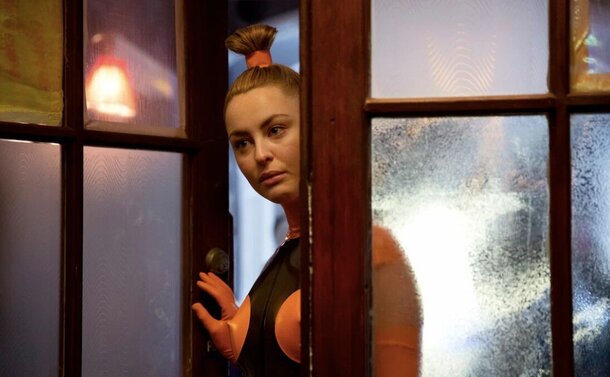
Audience Reactions: USA vs. UK
The reception to How to Talk to Girls at Parties was notably different between the UK and USA audiences. In the UK, where punk culture has deep historical roots, many viewers appreciated the film’s nostalgic aesthetic and its attempt to blend subcultural history with sci-fi. However, some critics found the execution too chaotic, failing to capture the true anarchic spirit of the punk movement.
In contrast, US audiences seemed more divided. While some praised the film’s bold, out-of-the-box storytelling, others struggled with its surreal tone and lack of a conventional narrative. The movie’s genre-defying nature made it difficult to categorize, which may have contributed to its limited mainstream appeal in both markets.
Final Verdict: A Niche Cult Film in the Making
Despite its imaginative premise and vibrant execution, the film received mixed reviews. It holds an IMDb rating of 5.7/10 and garnered a 48% approval rating on Rotten Tomatoes, indicating a polarized reception. Financially, it struggled at the box office, grossing approximately $382,106 worldwide. However, it did receive recognition for its costume design, with Sandy Powell earning a nomination for Best Costume Design at the British Independent Film Awards.
How to Talk to Girls at Parties is a cinematic experience that defies convention. It's a film that challenges, confuses, and delights in equal measure. If you're open to a narrative that's as unpredictable as the punk movement itself, this film is worth the watch. I'd rate it a 3 out of 5 — a unique blend of punk rebellion and sci-fi whimsy that, despite its flaws, offers a fresh perspective on the coming-of-age genre.


